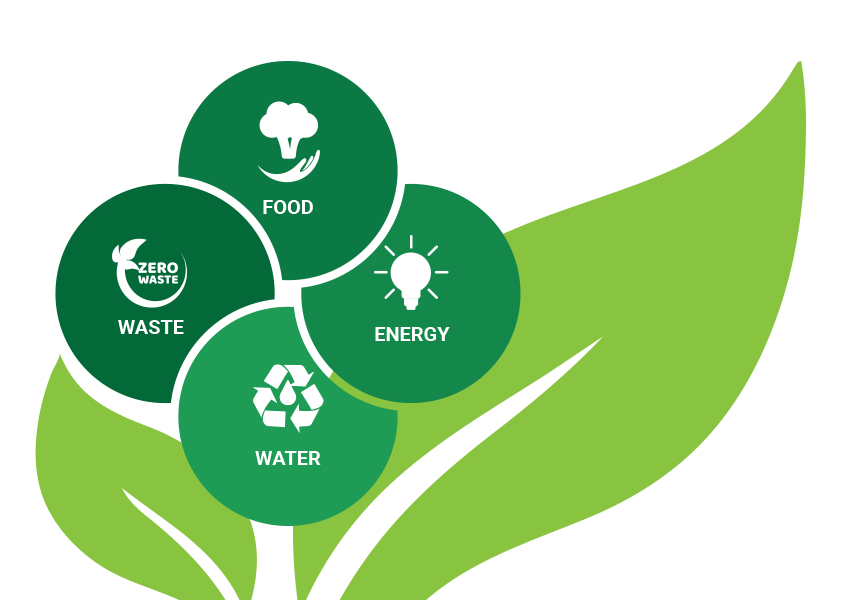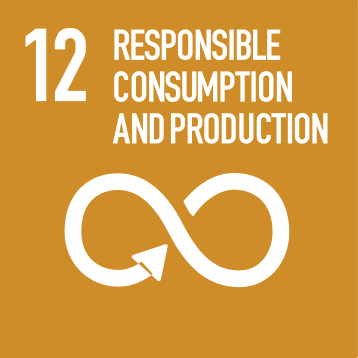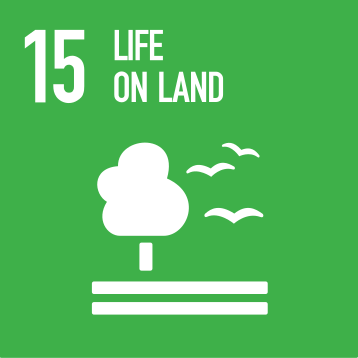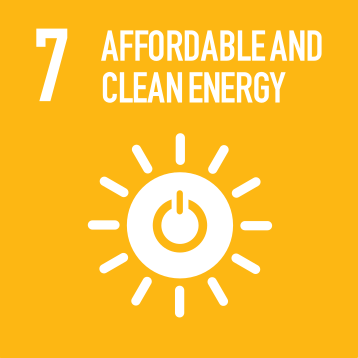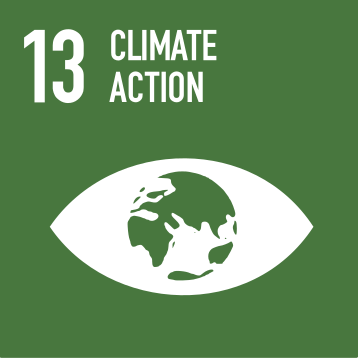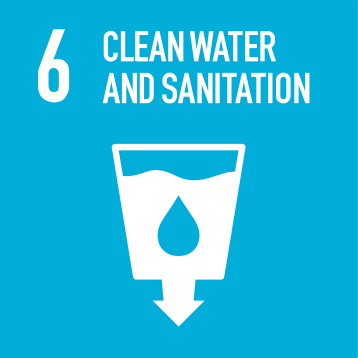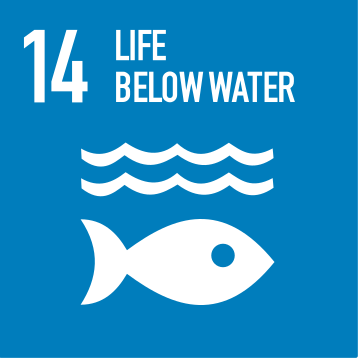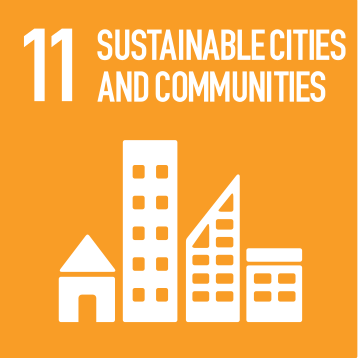At Earthfix, we understand that sustainability is a multifaceted issue that requires a comprehensive approach. To measure and manage progress in sustainability, our approach is structured on four key pillars:
1. Food: The first pillar of our sustainability approach is food. We believe that the food we eat has a significant impact on the environment, and promoting sustainable food practices can help reduce our ecological footprint. To achieve this, we focus on promoting local, organic, and fair-trade food options, reducing food waste, and supporting sustainable agriculture practices.
2. Energy: Our second pillar is energy. Energy consumption is one of the most significant contributors to greenhouse gas emissions and climate change. Therefore, we prioritise energy efficiency, renewable energy sources, and carbon neutrality in our operations. We also work with partners to promote clean energy solutions and reduce energy consumption through education and awareness.
3. Waste: The third pillar of our sustainability approach is waste. We believe that waste reduction is critical to minimising our impact on the environment. Therefore, we focus on reducing, reusing, and recycling waste in our operations and promoting waste reduction practices in our communities. We also support sustainable waste management practices, such as composting and responsible disposal of hazardous waste.
4. Water: Our fourth and final pillar is water. Access to clean water is essential for human and environmental health. Therefore, we prioritise water conservation and protection through responsible water use practices, such as reducing water waste and promoting water-efficient technologies. We also support efforts to protect water sources and promote access to clean water in communities.


